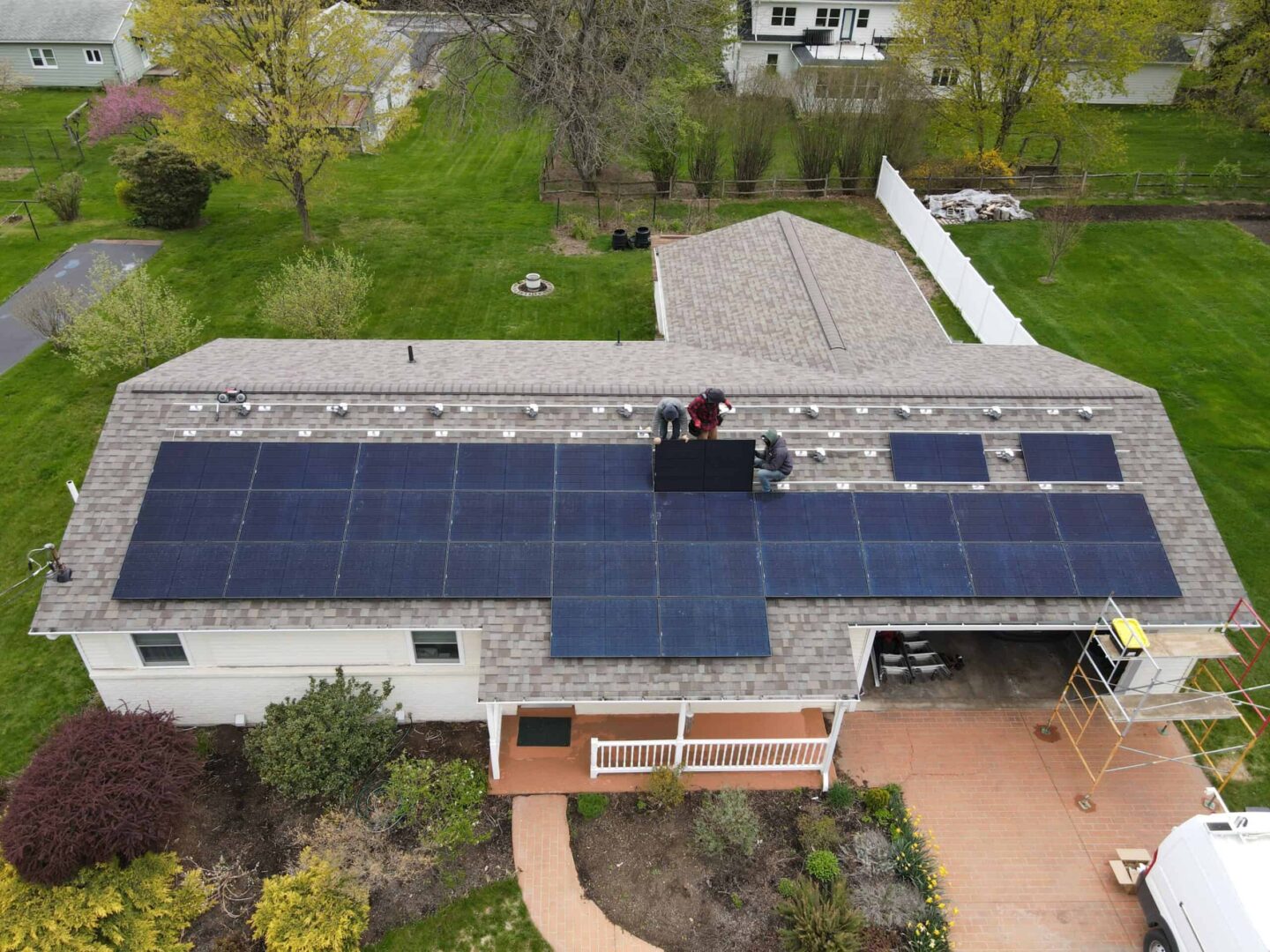
Courtesy Envinity


Courtesy Envinity

Courtesy Envinity
As the share of energy from renewables grows, some policymakers in Harrisburg have raised concerns about electric grid reliability, even though solar and wind make up only a small share of current generation.
Now, a new paper from the University of Pennsylvania shows utilities and regulators will need to consider how home energy storage systems will affect the grid.
The policy digest from the Kleinman Center for Energy Policy looks at homes in Germany, where most people who install solar panels now also get battery storage. That’s due to high electricity costs and battery prices that have fallen steeply over the last decade.
But the paper’s author, Christian Kaps, said many batteries are not returning the full investment over their lifetimes. The decision to get a battery has so far had more to do with a person’s “greenness valuation,” or willingness to pay more for cleaner energy and to get more out of their home’s solar panels.
Kaps, who researched the paper while a Ph.D. candidate at Penn’s Wharton School, said to determine cost-effectiveness, people need to look at the cost of their electricity from the grid, the cost of the battery and, importantly, when the household will use the electricity.
“If you charge it during the day, you don’t need any electricity during the day, and you use a lot of it in the evening when the sun is down–for those kinds of households, storage makes more sense,” Kaps said.
As battery and solar prices fall, Kaps expects more people to adopt them, including in the U.S.
Modeling a future in which solar is 20% cheaper, batteries are 35% cheaper, the electricity price is 38 cents per kilowatt hour, and no subsidies exist, the paper estimates more than 70% of people would install some storage and almost everyone would get solar panels.
Kaps said that could lead to more people being independent from the grid during sunny months, then needing a lot of power from the grid in the winter.
“This combination of not being needed as much but then suddenly becoming sort of the last point of reserve or last point of reliability or supply, that’s going to be a really tough position for the utility to be in,” Kaps said.
Kaps said that will raise questions for regulators on the best way to charge people for using the grid and what’s fair.
Possible options include everyone paying more to be connected to the electric grid, regardless of use, or people who are mostly independent from the grid paying based on their highest use during the year.
Kaps said governments could also look at what they want to incentivize and whether to attach any strings. For example, governments could offer a rebate for installing a battery but the owner would then have to let the grid draw from the battery when needed.
PJM, the electric grid operator for the region that includes Pennsylvania, is preparing for an influx of large-scale renewable projects.
The operator expects to add 100,000 megawatts of renewable power over the next 15 years from sources including onshore and offshore wind, solar, and battery storage.
About one-third of projects in PJM’s new services queue are battery storage or a combination of renewables and storage.
This summer, PJM changed how it approves new projects, intending to speed up the process of getting new power online.
StateImpact Pennsylvania is a collaboration among WITF, WHYY, and the Allegheny Front. Reporters Reid Frazier, Rachel McDevitt and Susan Phillips cover the commonwealth’s energy economy. Read their reports on this site, and hear them on public radio stations across Pennsylvania.
(listed by story count)
StateImpact Pennsylvania is a collaboration among WITF, WHYY, and the Allegheny Front. Reporters Reid Frazier, Rachel McDevitt and Susan Phillips cover the commonwealth’s energy economy. Read their reports on this site, and hear them on public radio stations across Pennsylvania.
Climate Solutions, a collaboration of news organizations, educational institutions and a theater company, uses engagement, education and storytelling to help central Pennsylvanians toward climate change literacy, resilience and adaptation. Our work will amplify how people are finding solutions to the challenges presented by a warming world.